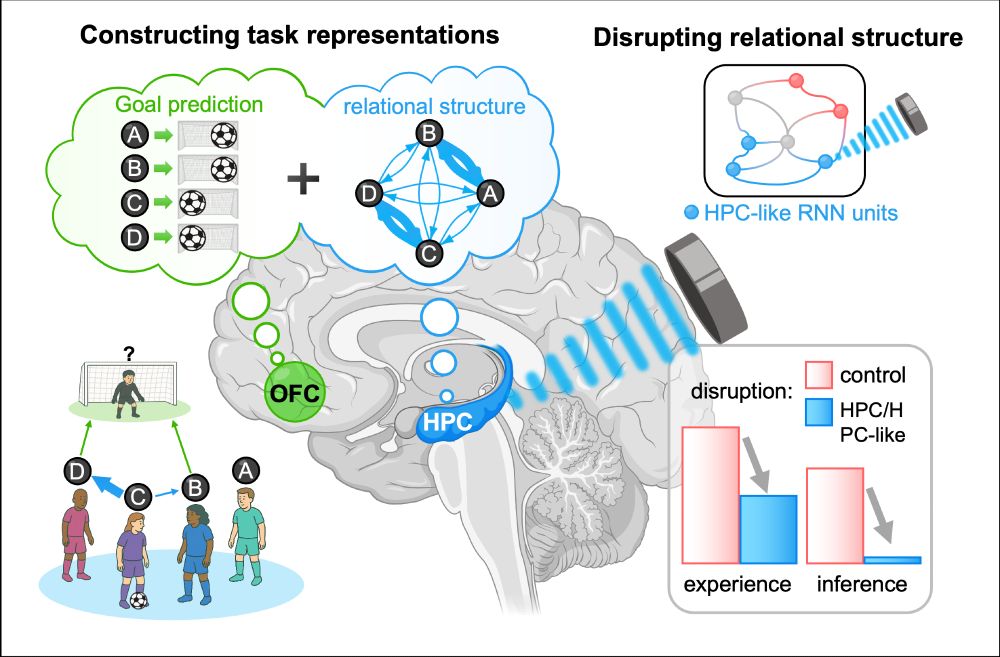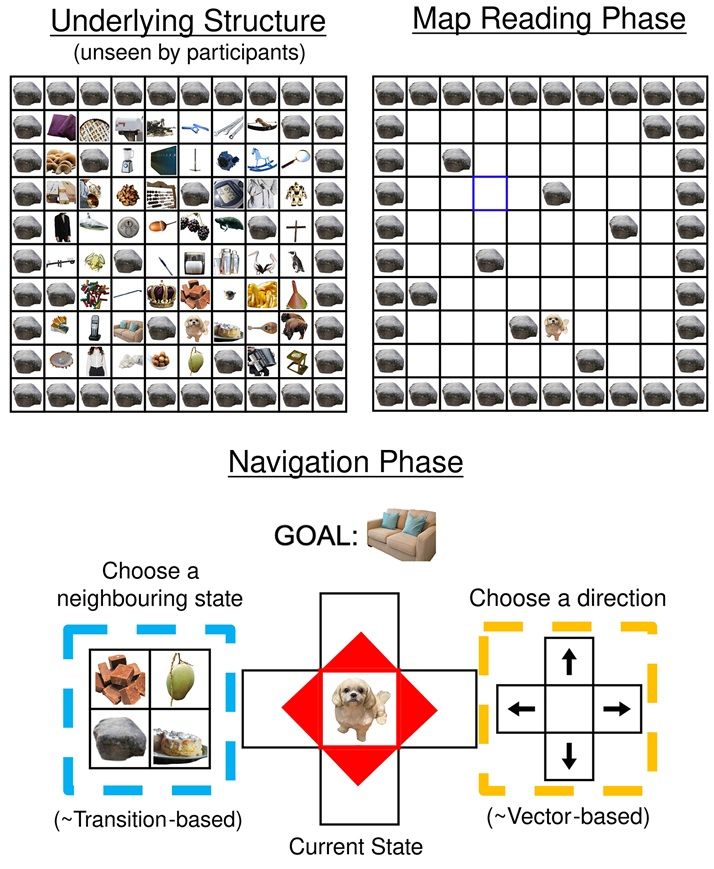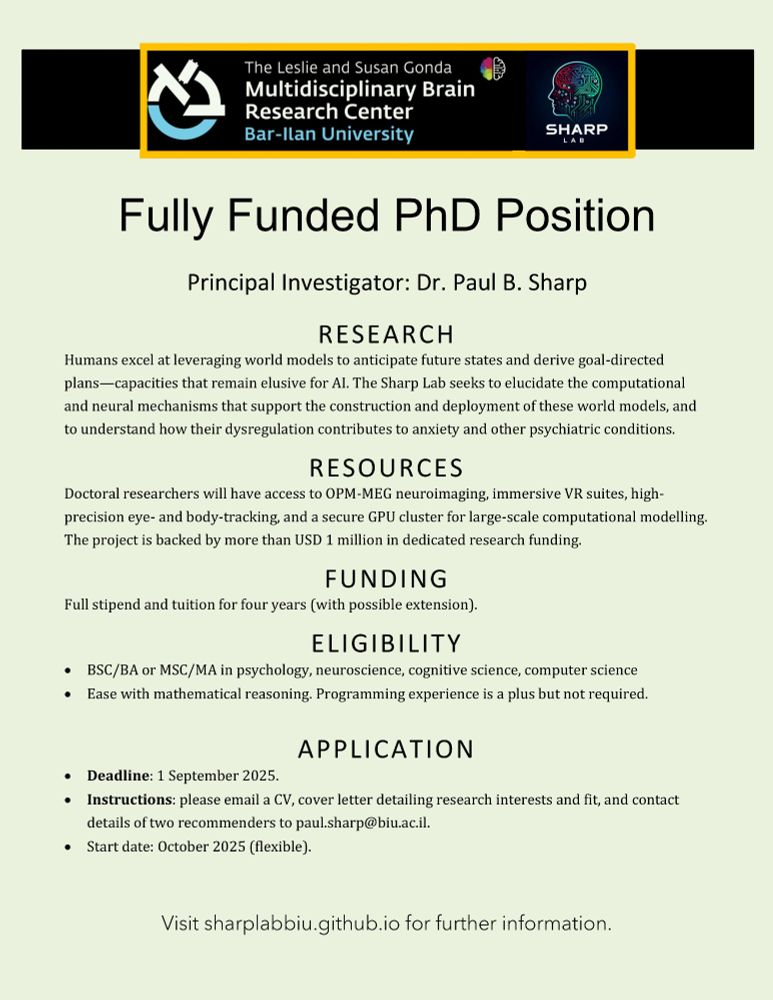Marcelo Mattar
@marcelomattar.bsky.social
2.1K followers
340 following
47 posts
Assistant professor at NYU.
Posts
Media
Videos
Starter Packs
Sreejan Kumar
@sreejan.bsky.social
· Sep 6

Sensory Compression as a Unifying Principle for Action Chunking and Time Coding in the Brain
The brain seamlessly transforms sensory information into precisely-timed movements, enabling us to type familiar words, play musical instruments, or perform complex motor routines with millisecond pre...
www.biorxiv.org
Reposted by Marcelo Mattar
Reposted by Marcelo Mattar
Ida Momennejad
@neuroai.bsky.social
· Sep 3
Marcelo Mattar
@marcelomattar.bsky.social
· Aug 29
Reposted by Marcelo Mattar
Marcelo Mattar
@marcelomattar.bsky.social
· Aug 20
Geoffrey Irving
@girving.bsky.social
· Jul 30

The Alignment Project by AISI — The AI Security Institute
The Alignment Project funds groundbreaking AI alignment research to address one of AI’s most urgent challenges: ensuring advanced systems act predictably, safely, and for society’s benefit.
alignmentproject.aisi.gov.uk
Reposted by Marcelo Mattar
Geoffrey Irving
@girving.bsky.social
· Jul 30

The Alignment Project by AISI — The AI Security Institute
The Alignment Project funds groundbreaking AI alignment research to address one of AI’s most urgent challenges: ensuring advanced systems act predictably, safely, and for society’s benefit.
alignmentproject.aisi.gov.uk
Reposted by Marcelo Mattar
Erin Grant
@eringrant.me
· Aug 13
Marcelo Mattar
@marcelomattar.bsky.social
· Aug 13
Reposted by Marcelo Mattar
Reposted by Marcelo Mattar
Wei Ji Ma
@weijima.bsky.social
· Jul 28
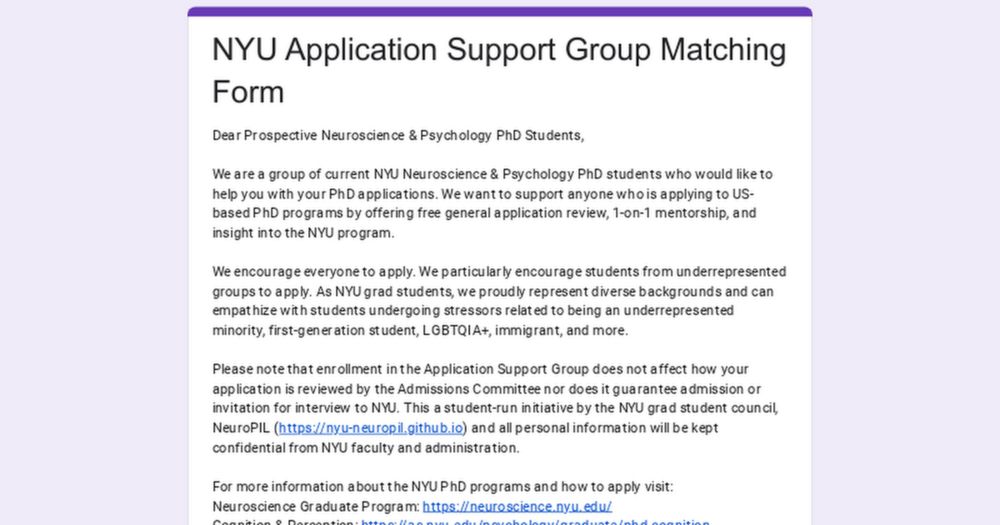
NYU Application Support Group Matching Form
Dear Prospective Neuroscience & Psychology PhD Students,
We are a group of current NYU Neuroscience & Psychology PhD students who would like to help you with your PhD applications. We want to support...
docs.google.com
Reposted by Marcelo Mattar
Reposted by Marcelo Mattar
Noga Zaslavsky
@nogazs.bsky.social
· Jul 21
Marcelo Mattar
@marcelomattar.bsky.social
· Jul 17
Zhenglong Zhou
@neurozz.bsky.social
· Jul 16

A gradient of complementary learning systems emerges through meta-learning
Long-term learning and memory in the primate brain rely on a series of hierarchically organized subsystems extending from early sensory neocortical areas to the hippocampus. The components differ in t...
bit.ly
Reposted by Marcelo Mattar
Zhenglong Zhou
@neurozz.bsky.social
· Jul 16

A gradient of complementary learning systems emerges through meta-learning
Long-term learning and memory in the primate brain rely on a series of hierarchically organized subsystems extending from early sensory neocortical areas to the hippocampus. The components differ in t...
bit.ly
Reposted by Marcelo Mattar
Shenhav Lab
@shenhavlab.bsky.social
· Jul 10
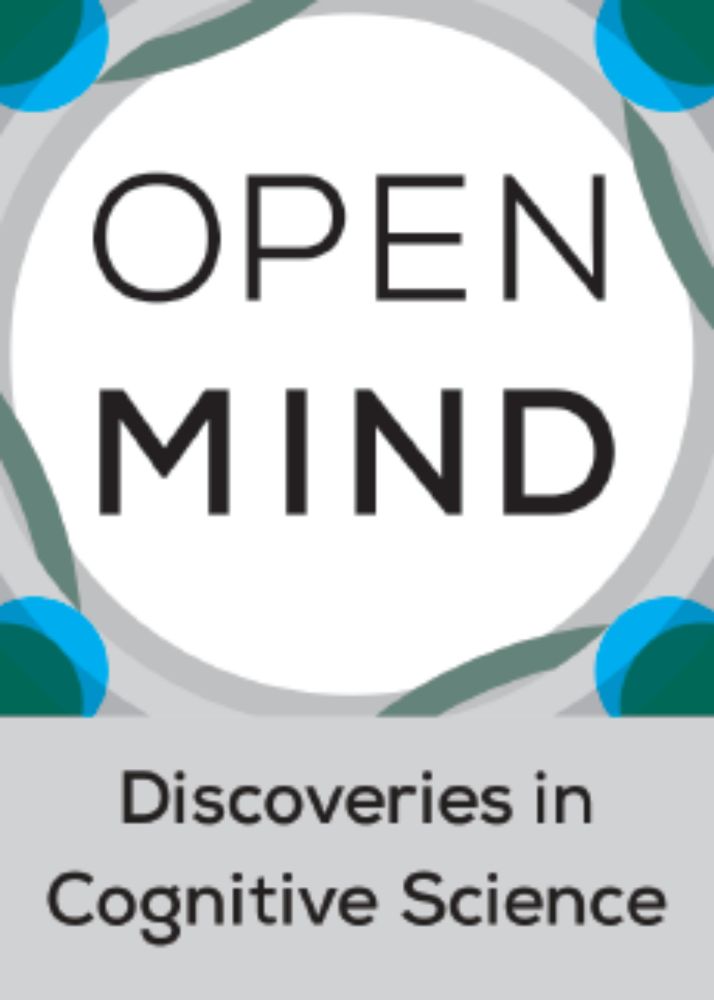
Considering What We Know and What We Don’t Know: Expectations and Confidence Guide Value Integration in Value-Based Decision-Making
Abstract. When making decisions, we often have more information about some options than others. Previous work has shown that people are more likely to choose options that they look at more and those t...
direct.mit.edu
